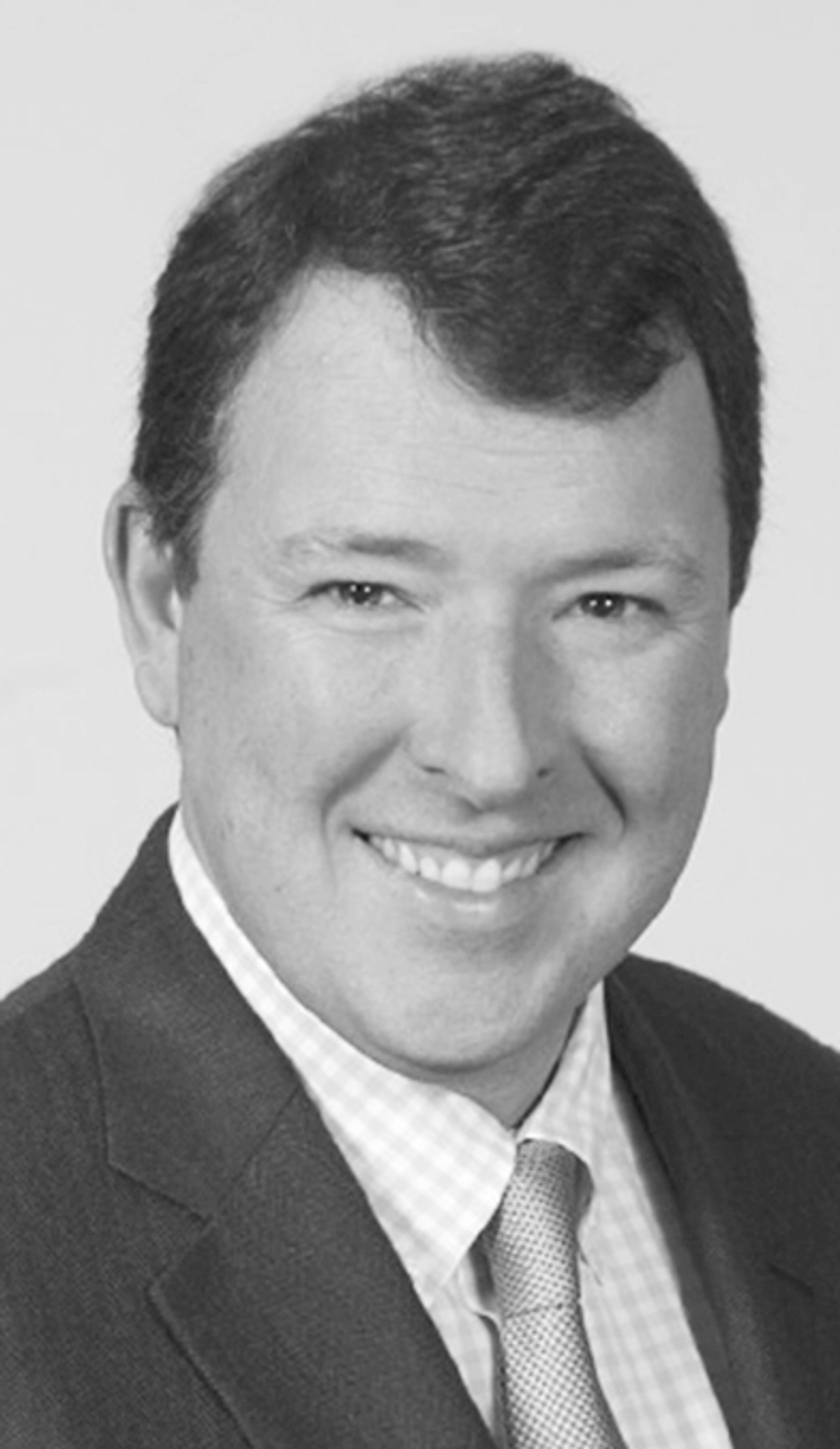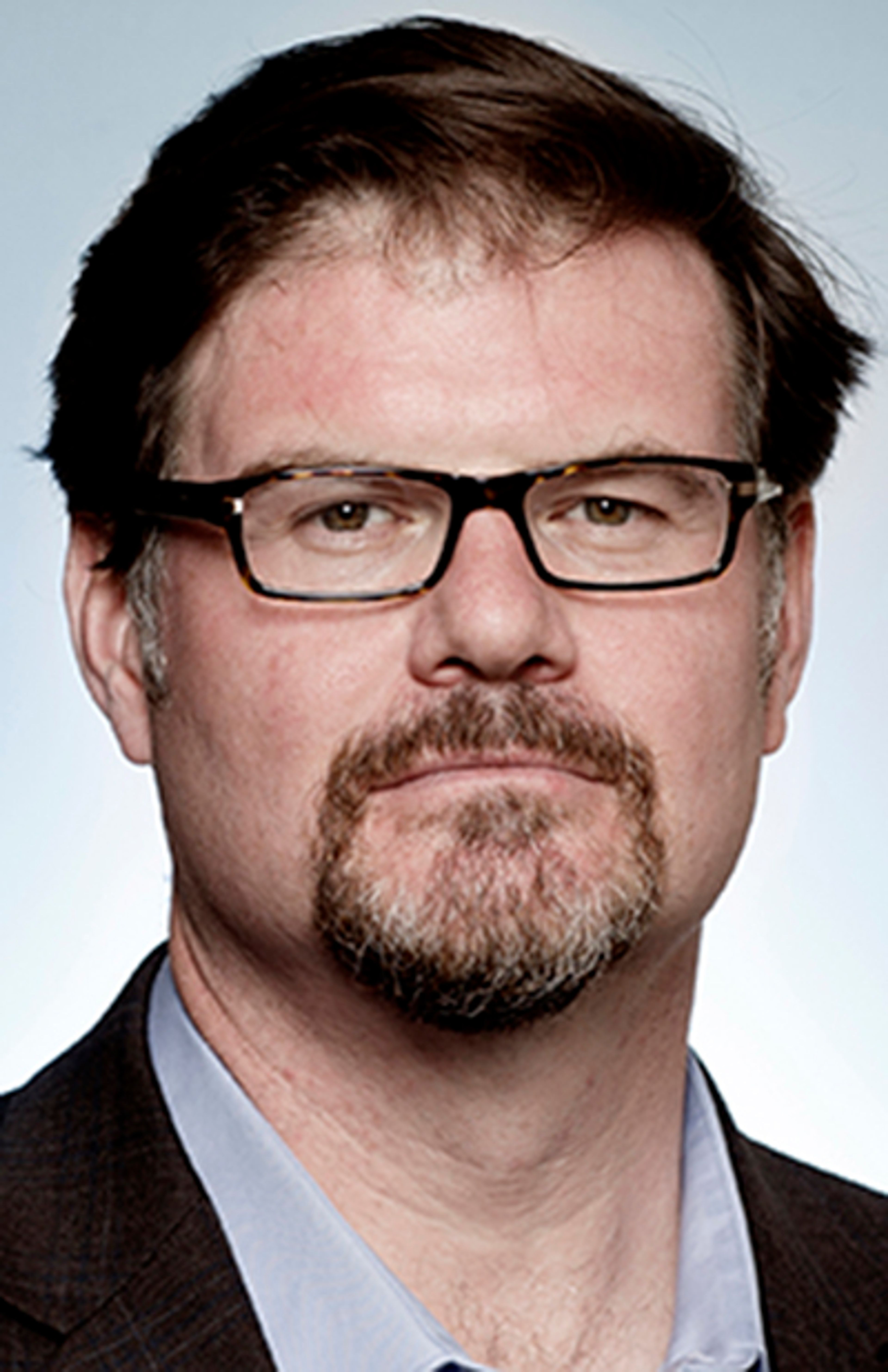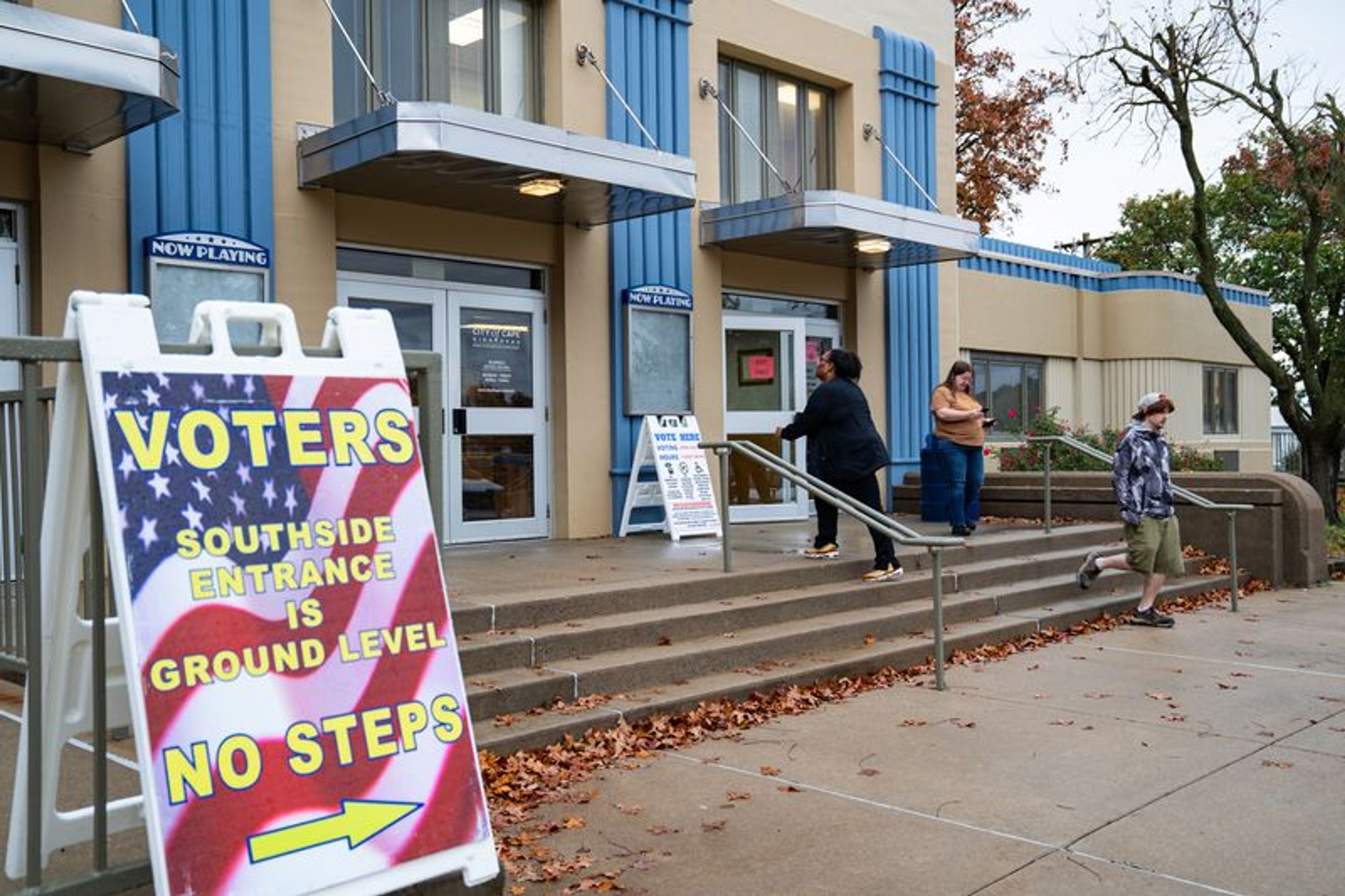Preventing a nuclear terrorist attack on the U.S.
By Graham Allison Before 9-11, most Americans found the idea that international terrorists could mount an attack on their homeland and kill thousands of innocent citizens not just unlikely but inconceivable. After nearly six years without a second attack on U.S. ...
By Graham Allison
Before 9-11, most Americans found the idea that international terrorists could mount an attack on their homeland and kill thousands of innocent citizens not just unlikely but inconceivable.
After nearly six years without a second attack on U.S. soil, some skeptics suggest that 9-11 was a 100-year flood. The view that terrorists are preparing even more deadly assaults seems as far-fetched to them as the possibility of terrorists crashing passenger jets into the World Trade Center did before that fateful Tuesday morning.
To assess the threat of nuclear terrorism, it is necessary to answer five questions:
1. Who could be planning a nuclear terrorist attack?
Al-Qaida remains a formidable enemy with clear nuclear ambitions. Former CIA director George Tenet wrote in his memoirs that al-Qaida's leadership has remained "singularly focused on acquiring WMD" and willing to "pay whatever it would cost to get their hands on fissile material."
2. What nuclear weapons could terrorists use?
They could acquire an existing bomb from one of the nuclear weapons states or construct an elementary nuclear device from highly enriched uranium made by a state. Theft of a warhead or material would not be easy, but attempted thefts in Russia and elsewhere are not uncommon.
Once a terrorist group acquires about 100 pounds of HEU, terrorists could conceivably construct a bomb such as the one dropped on Hiroshima.
3. Where could terrorists acquire a nuclear bomb?
If a nuclear attack occurs, Russia will be the most likely source of the weapon or material. A close second would be North Korea.
Pyongyang has boasted that it not only possesses nuclear weapons but might export them, saying, "It's up to you whether we ... transfer them." Finally, research reactors in 40 developing and transitional countries still hold the essential ingredient for nuclear bombs.
4. When could terrorists launch the first nuclear attack?
If terrorists bought or stole a nuclear weapon in good working condition, they could explode it today. If the weapon had a lock, detonation would be delayed for several days. If terrorists acquired 100 pounds of HEU, they could have a working elementary nuclear bomb in less than a year.
5. How could terrorists deliver a nuclear weapon to its target?
The illicit economy for narcotics and illegal immigrants has built up a vast infrastructure that terrorists could exploit.
Based on current trends, a nuclear terrorist attack on the United States is more likely than not in the decade ahead. To see what such an event would mean in your neighborhood, enter your ZIP code at www.nuclearterror.org.
As horrific as that vision is, the most important but largely unrecognized truth is that this ultimate catastrophe is preventable.
I have proposed a strategy for a no-loose-nukes agenda under a "Doctrine of Three Nos":
1. No unsecured nuclear weapons and weapons usable material; they should be locked down as quickly as possible.
2. No new domestic capabilities to enrich uranium or reprocess plutonium.
3. No expansion of the nuclear club beyond its current 8.5 members, the half being North Korea.
Faced with the possibility of an American Hiroshima, many Americans are paralyzed by a combination of denial and fatalism. Either it hasn't happened, so maybe it's not going to happen; or, if it is going to happen, there's nothing we can do to stop it.
Both propositions are wrong. Citizens must press their elected officials to adopt a clear agenda for action and then hold them accountable for following through.
Graham Allison, director of the Belfer Center for Science and International Affairs at Harvard University's Kennedy School of Government, is a former U.S. assistant secretary of defense and author of "Nuclear Terrorism: The Ultimate Preventable Catastrophe."
Connect with the Southeast Missourian Newsroom:
For corrections to this story or other insights for the editor, click here. To submit a letter to the editor, click here. To learn about the Southeast Missourian’s AI Policy, click here.








